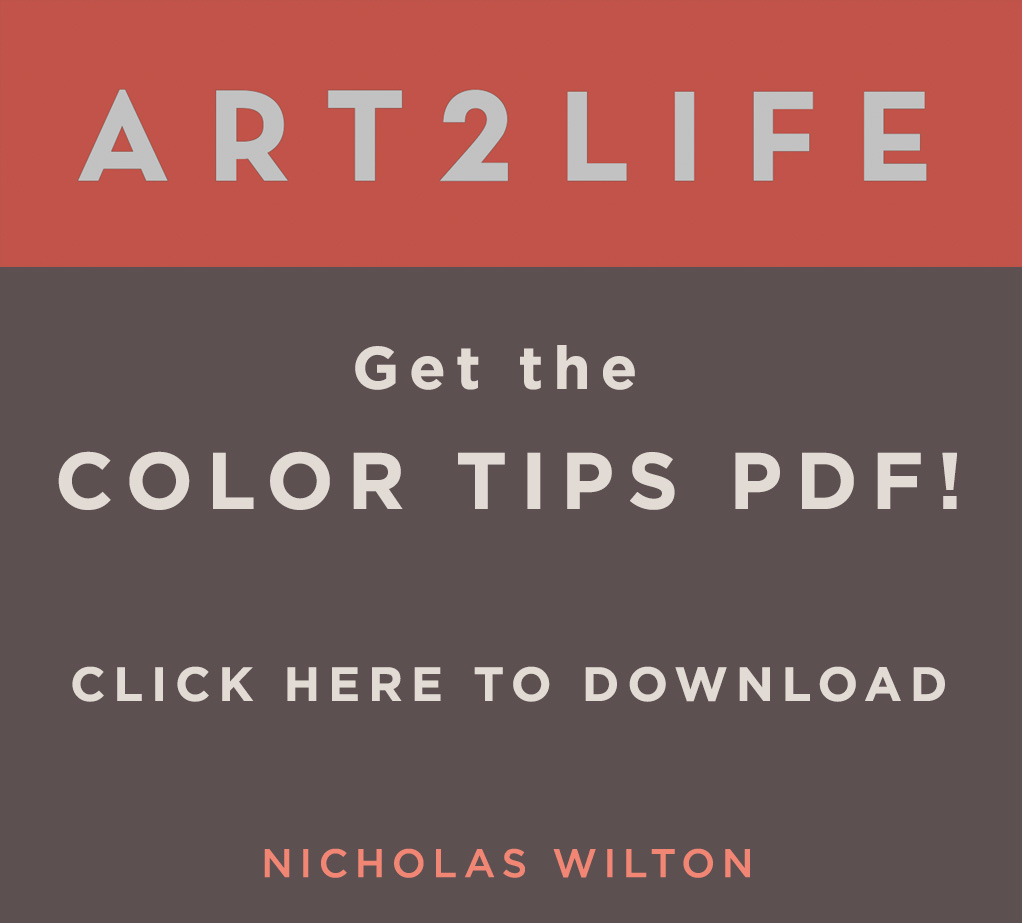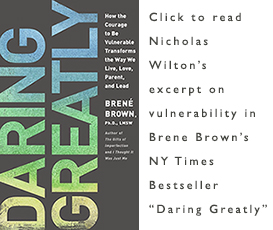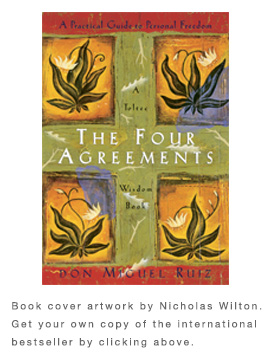About 4 months ago I had an Achilles surgery to fix a chronic injury caused by over training for long distance running. I am now on the road to recovery and am not only walking and hiking but also starting to be able to run again. I am doing only 5 minutes of running in an hour hike but it is a start. It is a baby step that in time will lead to more, which hopefully will get me running again.
These small steps, literally, will eventually add up. I have noticed in so many areas of life that it is these small steps that seem to be the most efficient way to accomplish something. I think it has to do with the fact that having the pauses in-between the attempts, the spaces when you are not trying, that allows you to recalibrate from the knowledge gained from the previous effort. In other words, instead of trying to accomplish one massive undertaking in one fell swoop; it is done from many efforts, utilizing time.
This, of course, relates to how I structure my art process. I find that coming and going frequently in my art practice gives me the best results. I often have wondered why. As I have been trying to run again, and applying the same thinking to my physical recovery I have come to some possible conclusions.
Firstly, if you start and stop more often, then there will simply be more moments of starting. I find that the first 30 minutes of making art, especially if I am returning to a half completed painting, are the most potent. If I am paying attention I often can accomplish a tremendous amount in this time. Breakthroughs generally happen during the beginning. I believe it has something to do with having objectivity. When I first start painting I am able to see the painting more clearly, more objectively simply because I have not been looking at this particular painting. After a few hours, and for me this is around 3, I lose the objectivity and my decision-making becomes compromised. Seeing things for the first time, repeatedly, seems to accelerate learning.
Secondly, and I think this one is really important, has to do with time. If on Monday I work briefly on a painting and then return to it on a Tuesday, I can look at Monday’s efforts having more life experiences, in this case one day, to better be able to adjust Mondays paintings to feel more current – more like Tuesday. It is subtle but I actually see that there is knowledge gained from working even briefly on a painting that then can be utilized when you return. This “find your way as you go” puts time on your side and uses, relies on actually, the notion that we are being influenced by everything around us all the time.
Coming and going often better allows your outside world to enter and influence the inside world of your art. Increasing the breaks, which increases the number of efforts can dramatically embolden your art.
Is this your experience? What works best for you?
In anticipation, Nicholas




